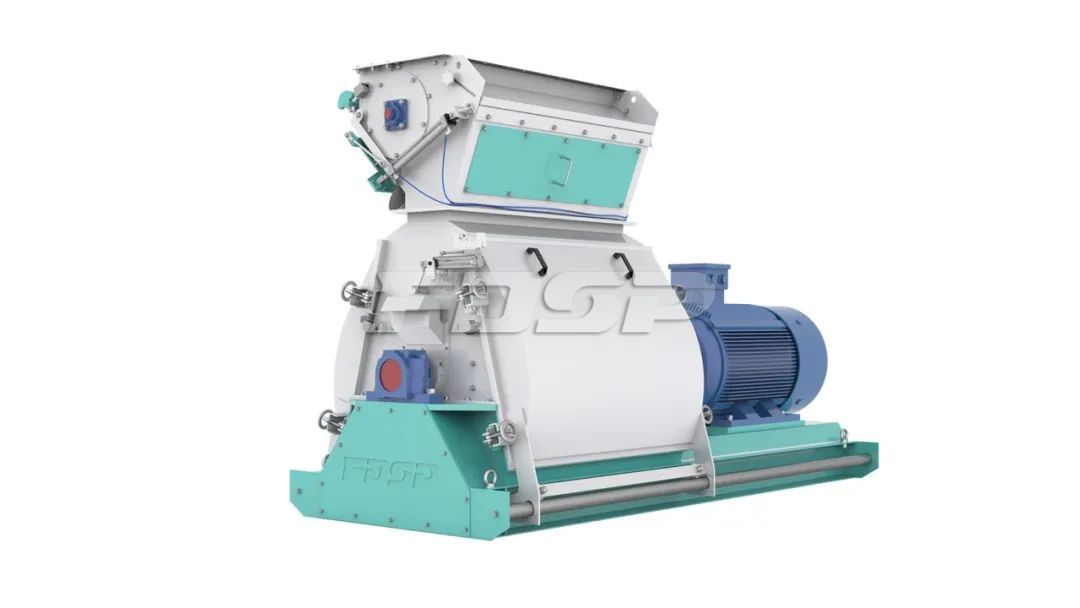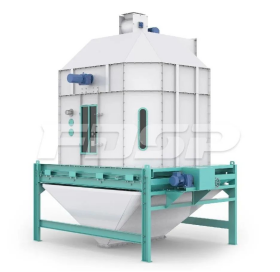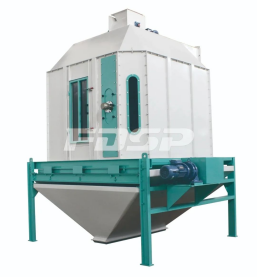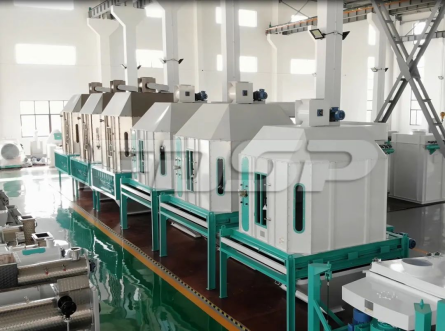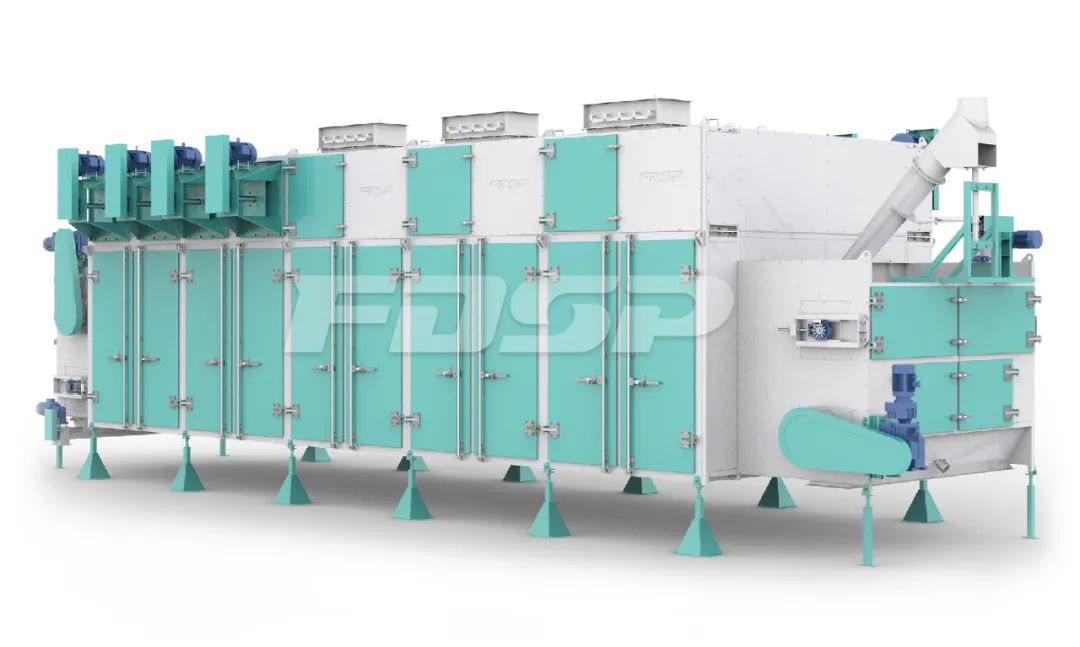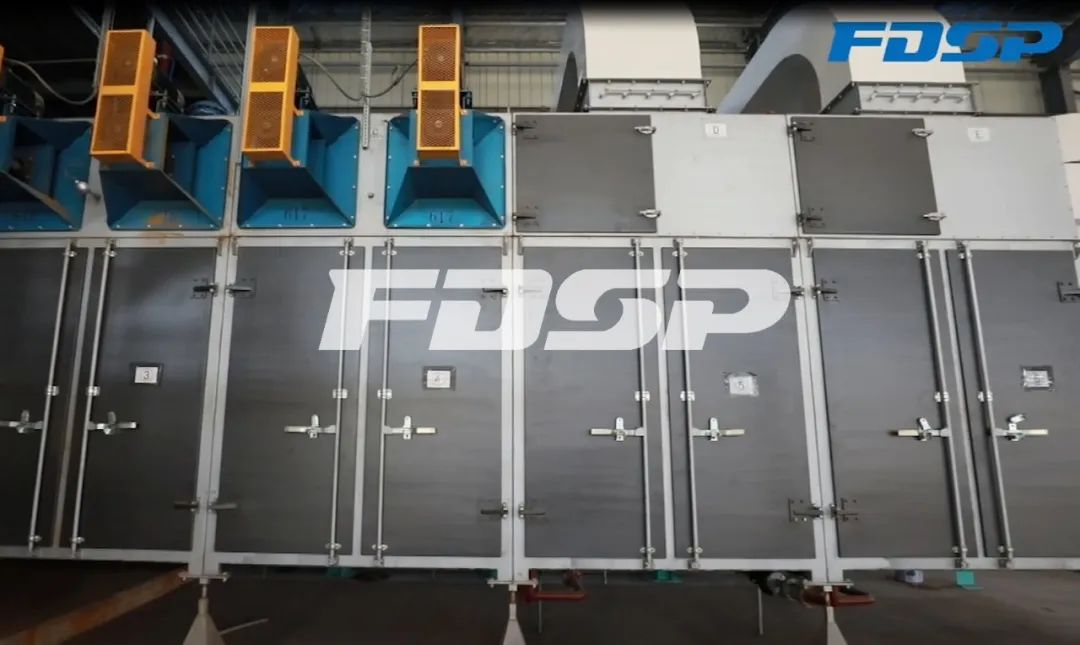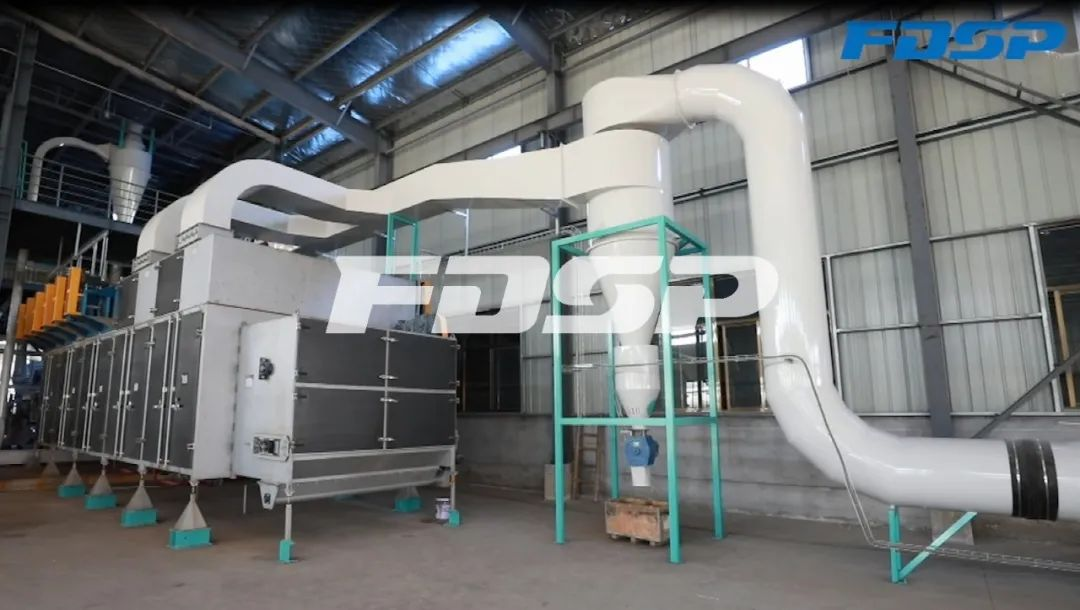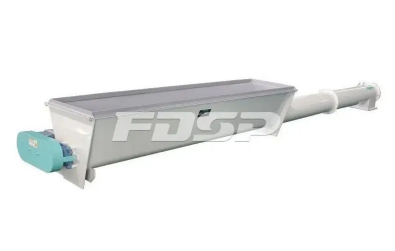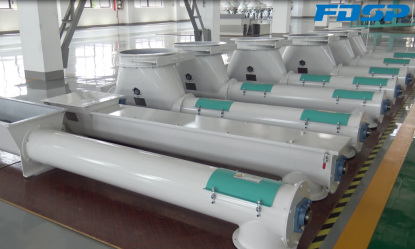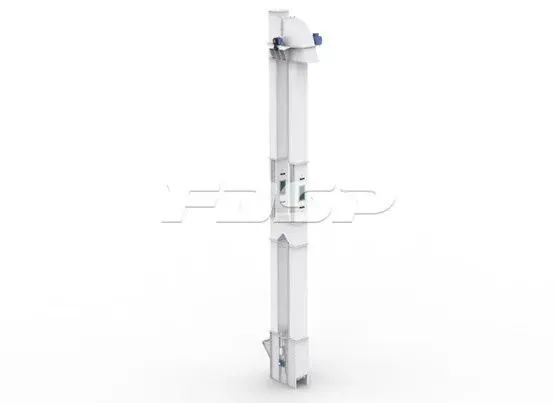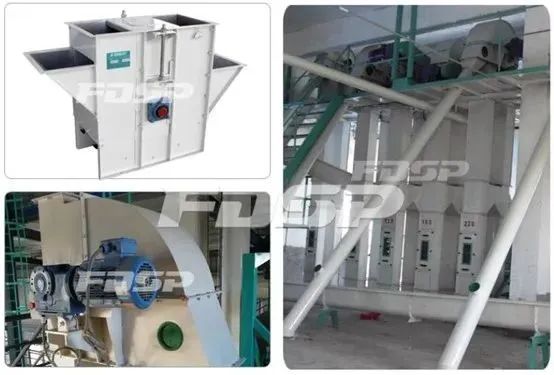In the work of linear vibrating screener, material deviation is a very common phenomenon, to solve the problem of deviation, can greatly improve the screening efficiency.
working principle of vibration screener:
Vibration screen mainly consists of screen, screening case, vibrator and driving system. During the running, the vibrating motor gives the exciting force, and the material go into the screener from the inlet is thrown up on the screen , at the same time, the screen and the material form a relative linear movement, the material by gravity falling through the multi-layer screen and screened out.
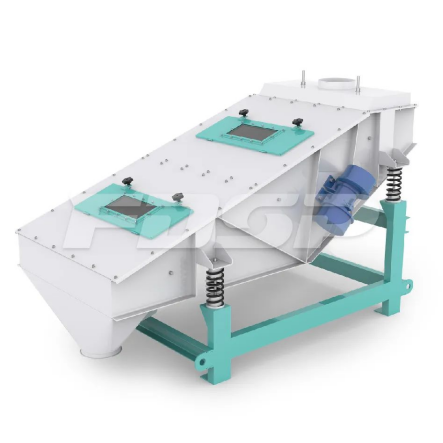
FDSP SFJZ series vibration screener
What will makes material deviation?
1. The vibration motor is not assembled correctly, and the angle between the two groups of eccentric blocks is not consistent
In general, the vibrating screen excitation source consists of two or more motors of the same type in series. The eccentric blocks installed at both ends of the output shaft produce centrifugal force at high speed to obtain the excitation force. When the angle between the eccentric blocks of the two groups of vibrators is different, the exciting force and direction of the series motor will change, resulting in torsional vibration of the vibrating screen, materials will appear deviation, rotation and retention, and other phenomena, affecting the screening efficiency.
Adjustment method:
1. Check the level of the screen, check and adjust the installation angle of the vibrating motor;
2. Check and adjust the eccentric block to make its direction and angle consistent;
3, Check whether there is damage to the vibration exciter bearing, pay attention to make cleaning, lubrication, sealing measures in place when disassembling.
2. over-work of the equipment and the running time is too long
The repeated vibration and strong inertia of vibrating screen during long-term operation make the equipment fatigue, especially the large machine body, parts will be loose, and the angle of motor easy to change, which leads to material deviation.
Adjustment:
Periodically to stop screener and make repair.
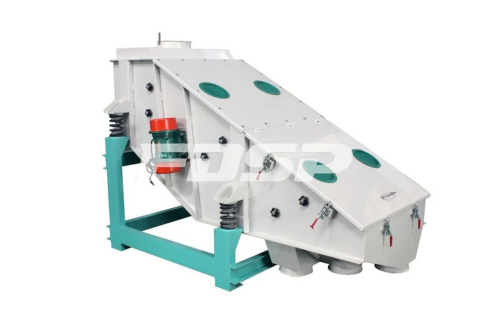
FDSP SFJZ series vibration screener
3. Uneven feeding results in eccentric loading
Feeding more and less, the force on the screen surface, throwing force, vibration force will produce deviation, resulting in a side of the discharge, affecting the stability of the screening accuracy.
Adjustment:
Check the abnormal situation of feeding inlet, such as clogging, leakage, stuck and other problems, timely adjustment and maintenance of the relevant parts, to ensure evenly feeding.
4. Screen frame are out of shape
When the vibrating screen is in normal operation, the force on the screen frame mainly comes from the load-bearing force of the material and the strong exciting force of the vibrating motor, If the sieve plate screen frame is not tight or the screen has damaged , it will cause second-time body vibration, screen box will be out of shape and damaged when seriously , finally leads to material mixed and deviation.
Adjustment:
1. Replace the damaged screen or sieve plate, strain the screen or sieve plate, eliminate the relative movement between the screen frame and the sieve body, avoid secondary vibration;
2. Check the screen box for damage, repair or replace it. Choose high-quality materials with high strength when purchasing sieves.
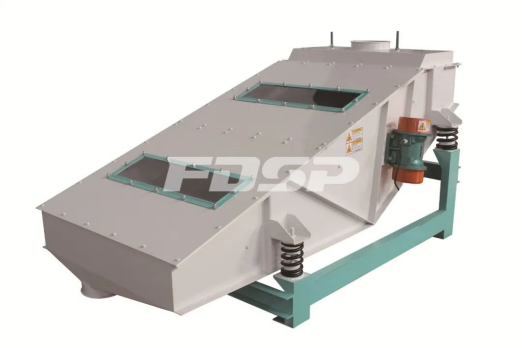
5. Damping springs are damaged or vary in stiffness
The damping spring installed under the screen box of vibrating screen is as important as the vibration motor. It plays an important role in maintaining the stability of vibrating screen and prolonging its life. When the spring with different stiffness is used, the natural vibration frequency of the spring is different, which affects the amplitude stability of the screen. Damping spring is divided into rubber, spiral steel spring and composite spring. For spiral steel spring, shock absorption spring coarseness is different, its strength is also different. If the vibrating screen is large or the exciting force of the vibrating motor is too strong, the use of a smaller damping spring may lead to the spring fracture, thus affecting the normal operation of the vibrating screen, resulting in material deviation.
Adjustment:
Check the spring damage and replace new one to ensure the same strength
FDSP SFJZ series vibrating screener is suitable for the later stage of pelletizing section in small and medium-sized feed factories. It can extract qualified pellet feed products by sieving the particles after pelletizing or crumbling, sift out the unqualified powder. The discharge port of the grading screen has a streamlined design, which avoids cross-contamination without material deposition, avoids oil leakage without oil lubrication, has a simple and convenient screen pressing mechanism, and can change the screen quickly. The driving mode adopts a self-balancing vibration mode, good screening effect, small size, smooth movement.




